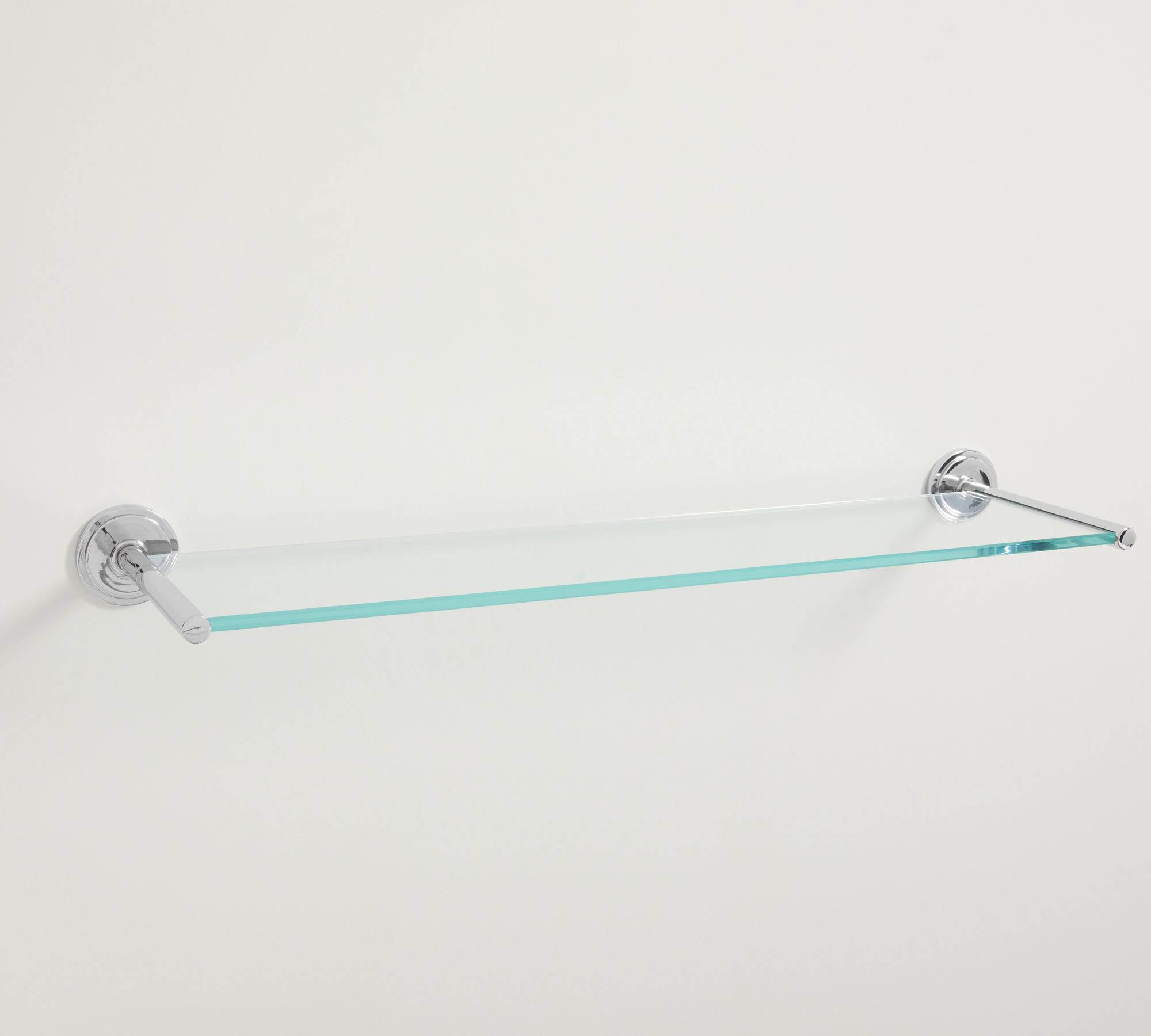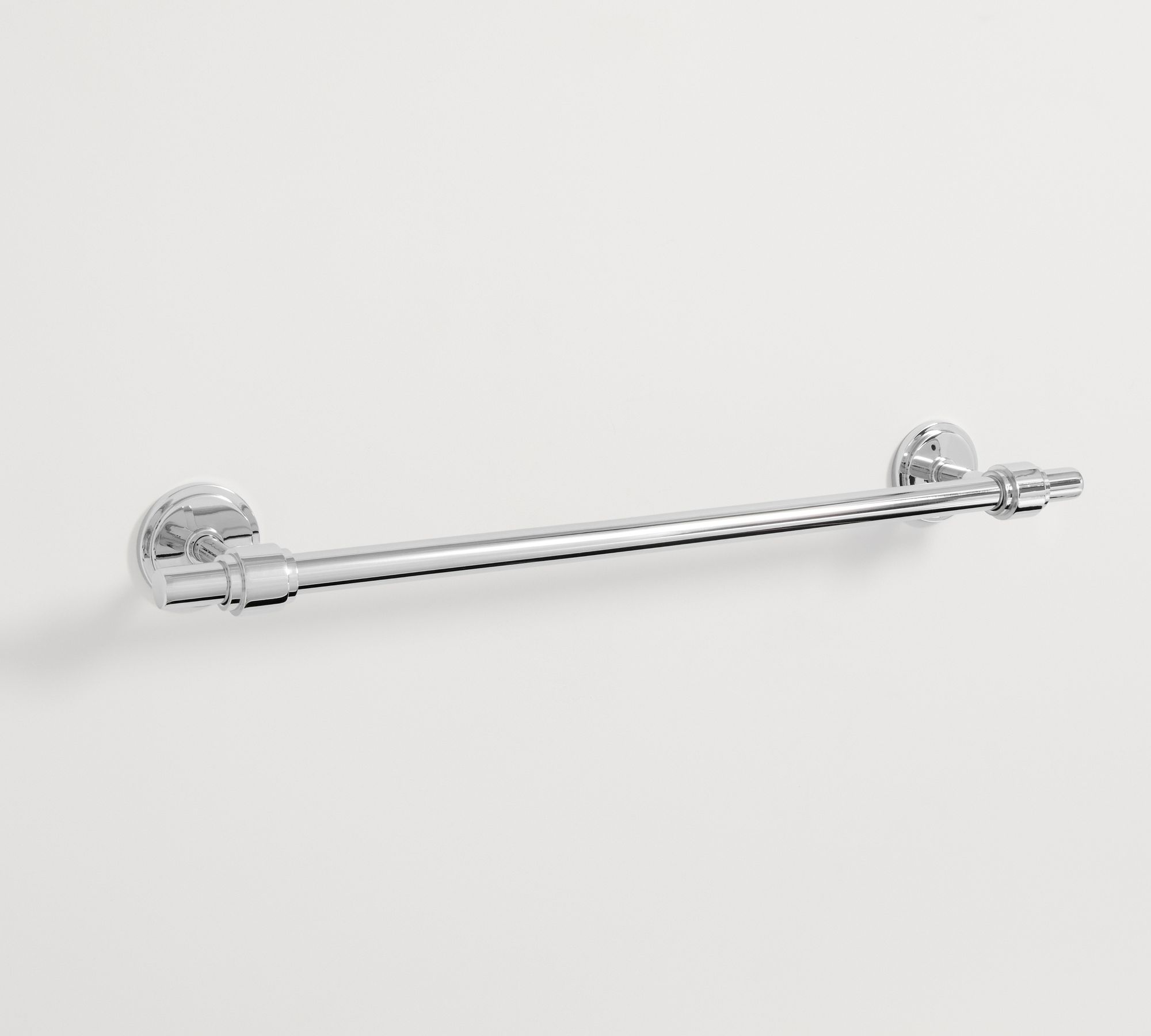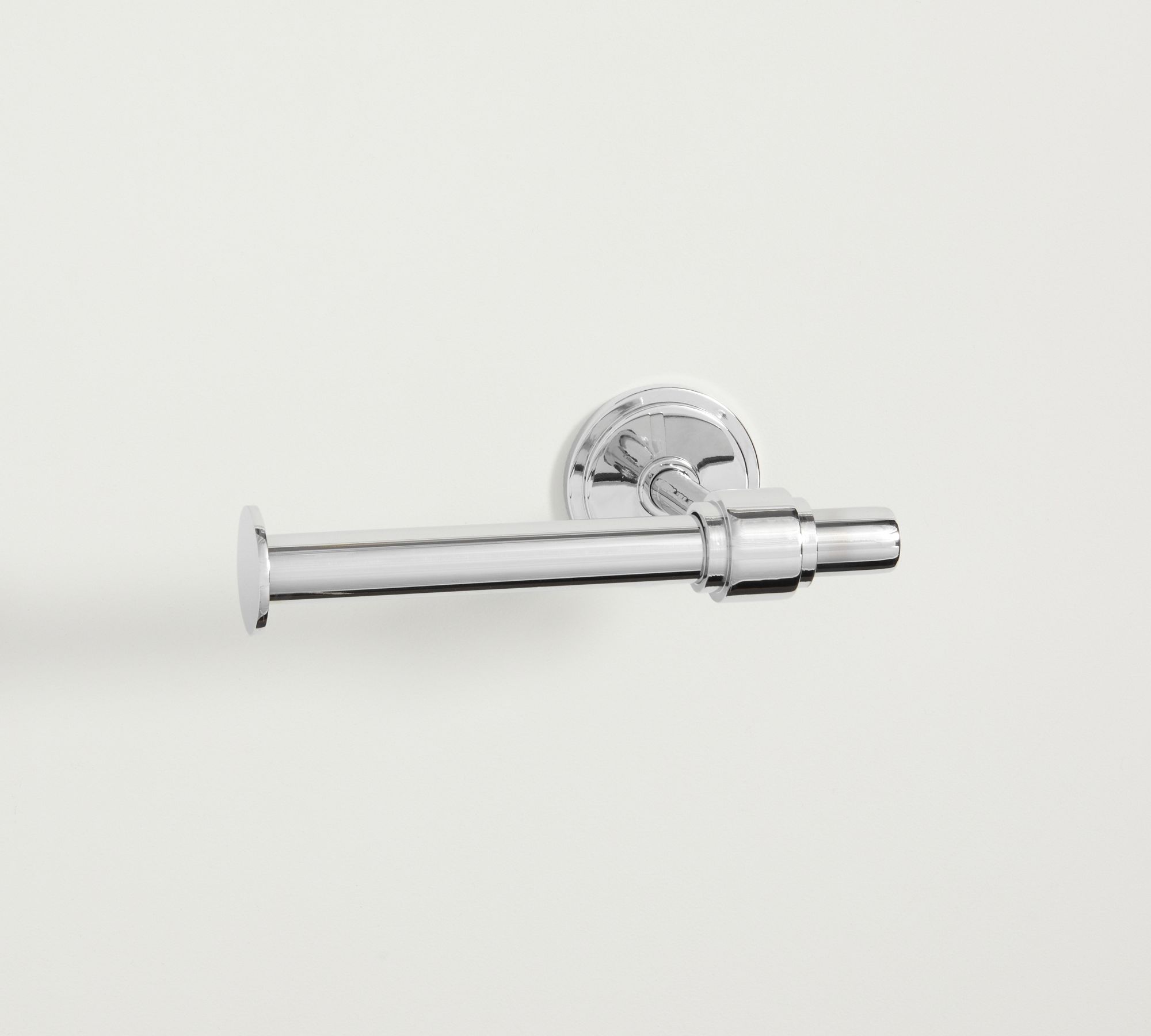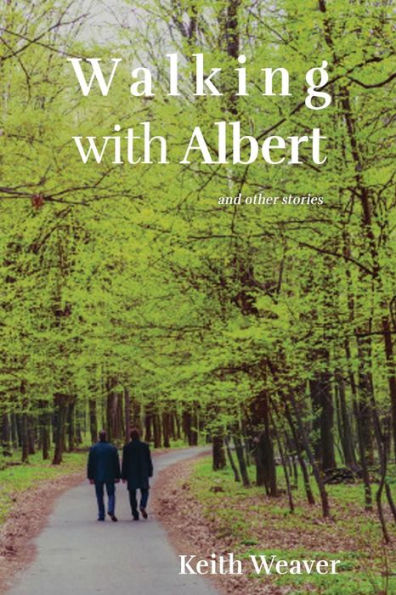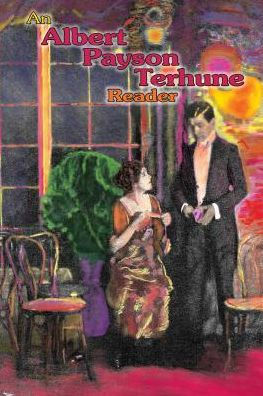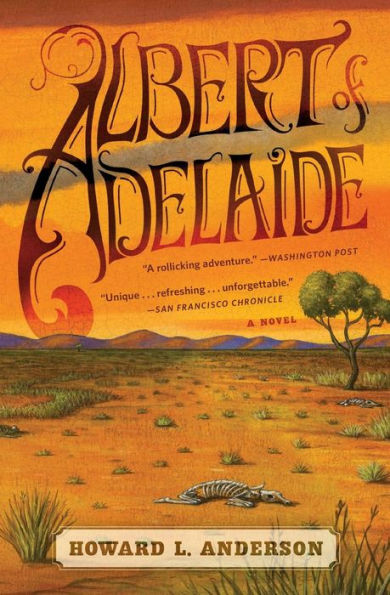Home
Albert Frey
Barnes and Noble
Albert Frey
Current price: $20.00


Barnes and Noble
Albert Frey
Current price: $20.00
Size: OS
Loading Inventory...
*Product information may vary - to confirm product availability, pricing, shipping and return information please contact Barnes and Noble
Architect
Albert Frey
(1903–1998) saw
a modernist utopia in the desert
. Born in Zurich, he studied in Europe with Le Corbusier before moving to the United States in 1930, convinced it was the land of architectural opportunity. On a visit to Palm Springs, he fell under the desert spell. It was here, amid the arid and empty landscape, that he could truly envisage a perfect modern future.
Like fellow Californian luminary, John Lautner, Frey would spend the rest of his career nurturing the
consonance of architecture and nature
: studying the fall of sunlight and rain, and merging aluminum, steel, and glass with the boulders and sands of the West Coast wilds. His vision centered in particular on
Palm Springs
, capitalizing on the city’s postwar population boom to create a bastion of the
sleek, leisurely modernism
that
defines midcentury California
.
In this dependable architect introduction, we follow Frey’s long and prestigious career from his European beginnings through to the apogee of his Californian practice, taking in his notes on De Stijl, Le Corbusier, and Bauhaus, and exploring the stylistic, material, and geographic makings of his unique “
desert modernism
.”
Albert Frey
(1903–1998) saw
a modernist utopia in the desert
. Born in Zurich, he studied in Europe with Le Corbusier before moving to the United States in 1930, convinced it was the land of architectural opportunity. On a visit to Palm Springs, he fell under the desert spell. It was here, amid the arid and empty landscape, that he could truly envisage a perfect modern future.
Like fellow Californian luminary, John Lautner, Frey would spend the rest of his career nurturing the
consonance of architecture and nature
: studying the fall of sunlight and rain, and merging aluminum, steel, and glass with the boulders and sands of the West Coast wilds. His vision centered in particular on
Palm Springs
, capitalizing on the city’s postwar population boom to create a bastion of the
sleek, leisurely modernism
that
defines midcentury California
.
In this dependable architect introduction, we follow Frey’s long and prestigious career from his European beginnings through to the apogee of his Californian practice, taking in his notes on De Stijl, Le Corbusier, and Bauhaus, and exploring the stylistic, material, and geographic makings of his unique “
desert modernism
.”

